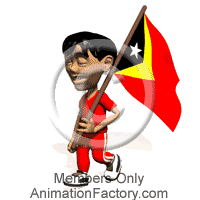
Traditional Korean dance is generally divided into two categories, folk dance and court dance. Folk dance expressed the lives and emotions of the common people and is often vigourous and rhythmic. Court dance is much more reserved, a style that is often described as chong joong dong (motion within stillness). The movements are elegant, graceful, flowing, and restrained. Below I will introduce examples of folk and court dances.

FOLK DANCE
Poongmul Dance Nong-ak (traditional farmers dance) is a strenuous form of folk dance. Dancers rotate their heads producing long spirals with the white ribbons attached to the crown of their hats:
Hwa-gwan mu (flower crown dance) is one of the oldest forms of Korean court dance. Believed to have originated from the Shilla dynasty (57BC-935AD), it was performed by court dancers at banquets for royalty and foreign envoys:
POONGMUL DANCE & COURT DANCE.
For more information visit Culture & Art in Korea



No comments:
Post a Comment